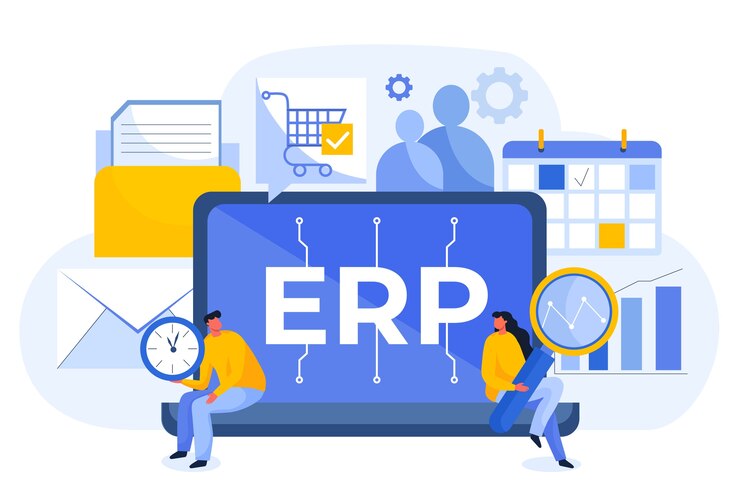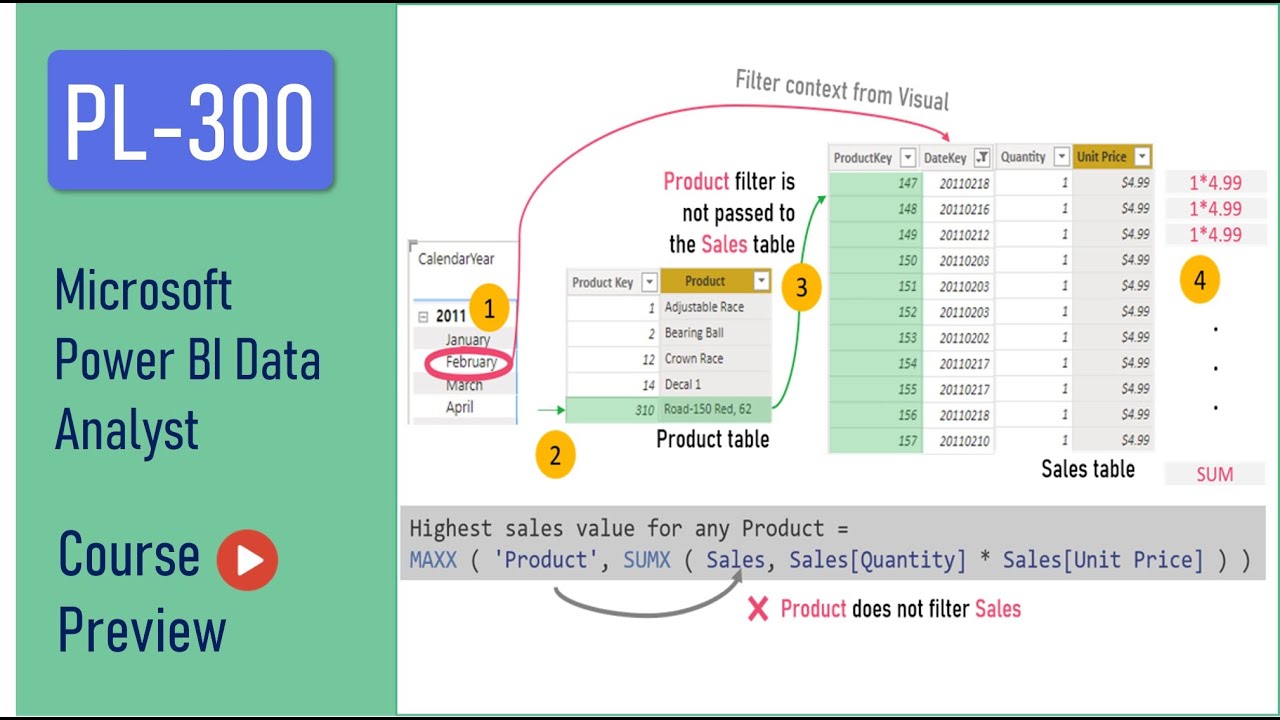Driving Revenue Growth Through Effective Sales Pipeline Management

Salespeople and managers can forecast revenue and manage deals with a sales pipeline. It also helps businesses find bottlenecks, simplify procedures, and make data-driven choices to spur growth. Effectively managing a sales pipeline starts with regularly reviewing it to evaluate performance and address issues. Here are some essential tips to help you optimize your pipeline management:
Encourage Knowledge Sharing
Developing and executing a sales pipeline strategy is a year-round process that requires consistent attention and optimization. Focusing on high-value opportunities can accelerate sales velocity, increase the number of deals closed, and generate more revenue for your business. Encourage your marketing and sales teams to exchange ideas, criticism, and best practices to promote ongoing development. It will help optimize the overall sales pipeline management process and ensure your business is constantly growing and thriving. During your regular team meetings, make it a point to discuss the status of your latest leads and deals. It will help prevent bottlenecks resulting from an inefficient or unclear prospecting stage.
Additionally, make sure to remove dead leads from the sales pipeline, as this will prevent your team from wasting time and resources on opportunities that aren’t going to close. It will also help you to forecast your revenue more accurately in the future. Lastly, leverage CRM automation and tools with sales pipeline management software to streamline your process and improve sales performance. For example, a sales process with an automated email sequence and AI that can transcribe and summarize calls will allow your team to focus on more critical tasks.
Maintain a Balanced Pipeline
A well-managed sales pipeline is essential to meeting and exceeding business objectives. Your team gains structure from it, and you gain the knowledge necessary to make data-driven choices that increase revenue, shorten sales cycles, and increase close rates. Effective sales pipeline management requires the right mix of strategies and tactics to ensure success. The first step involves implementing effective lead-generation tactics that can drive consistent results. It includes social media marketing, content marketing, paid advertising, networking, and referrals. Once you have the right lead generation strategy, the next step is to optimize your sales pipeline stages. Focus on identifying and prioritizing high-value opportunities, as these prospects can contribute to increased sales velocity, better sales forecasting, and shorter sales cycles.
Additionally, it’s essential to review and evaluate your pipeline metrics regularly. It includes vital indicators like win rate, conversion rates, and average sales cycle length. With this information, you can spot possible problems early on and make the necessary corrections. A CRM solution can give you real-time access to these metrics and provide the insight needed to drive business growth.
Foster Collaboration Between Sales and Marketing
It would help if you worked with marketing departments to create a shared vision to ensure your sales-based pipeline is effective. It requires open communication, regular meetings and check-ins, and real-time data-sharing to enable your teams to collaborate effectively. Ideally, your sales and marketing teams should have shared goals around revenue growth. According to a 2023 CMO Council report, teams that collaborate on revenue targets grow 24% faster than those that don’t.
It’s also vital that your teams’ strategies and techniques are aligned. For example, your sales representatives should be encouraged to document and share the best practices they use with leads. It will help to optimize the pipeline and boost overall performance.
To find bottlenecks and opportunities for improvement, you should also routinely examine and assess the sales pipeline. For instance, if you notice a specific stage where most of your leads are stuck or stalling, this could indicate that you need to improve the way you qualify and nurture those prospects. You can then take action to address these issues and make better strategic decisions for your sales pipeline.
Optimize Key Metrics
The right metrics to track for revenue growth can help you make the most of your marketing and sales processes. However, determining which key metrics to focus on can take time and effort, especially when the goal is to grow the business as quickly as possible. Ultimately, your key performance indicators (KPIs) should be aligned with your business goals to ensure that they support each other. Ideally, your team should collaborate to define these KPIs and then use them to implement RevOps strategies that will maximize their impact on revenue growth. One such metric is the customer lifetime value (CLV), the total revenue a single customer generates over their entire relationship with your brand. Optimizing CLV can lead to increased profitability and sustainable growth over the long term. Other important metrics include sales win rate and average deal size. A high win rate demonstrates your team’s effectiveness in converting prospects, while a low loss rate can identify areas for improvement through training and mentoring. Also, a high average deal size can be achieved through upselling and cross-selling in existing accounts and targeting larger customers with higher potential value.
Automate Your Processes
Ensure that everyone involved in revenue operations can access pipeline data and insights. It includes sales team members, customer service, product management, finance, etc. A lack of visibility can lead to inconsistent information and operational inefficiencies that impede revenue growth. Conduct regular pipeline reviews to evaluate the health of your sales process and identify any bottlenecks or blockages. It helps you make data-driven decisions that optimize your pipeline’s performance. Encourage your sales reps to document best practices and strategies that work well for them when engaging with leads. Training sessions, internal communication channels, and regular team meetings can all help achieve this. This knowledge will help them consistently improve their pipeline management skills and drive revenue growth for your business.
Removing leads that last moved a long time from your system is essential to ensure your sales pipeline is clean and healthy. It will prevent them from draining your resources and preventing other leads from moving forward. You can easily do this through your CRM system. For example, you can set up a countdown of specific days for a deal to progress from one stage to another or be closed (either as a win or loss). This feature will alert your reps and managers when cleaning their pipeline is time.





